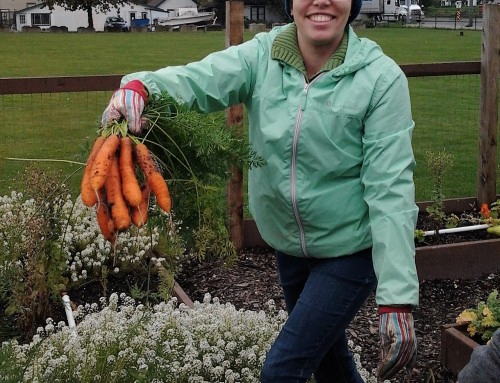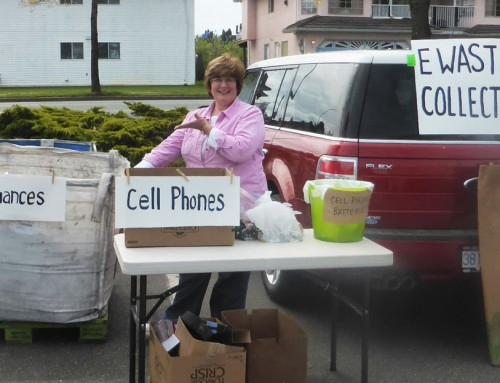I would say ‘most’ of the work in the garden has happened before this date. You’ve grown seedlings in the early spring and have established plants in the garden. You might have bare patches in your garden to sow new seeds now. For us in the Pacific Northwest (Vancouver), most of the crops sown/transplanted now will be for a Fall season harvest or even stay dormant to harvest in Winter.
I’ve been referring to The Timber Press Guide to Vegetable Gardening in the Pacific Northwest to cross check what vegetables I think I can plant for each month in the year. This book is like consulting an experienced vegetable gardener who knows your growing climate well. They have made Guides for your region too!
Having about 5 years of vegetable growing experience and more experimenting and failing, I have a better sense of what can be planted in the cool season, heat or late summer. Part of it is knowing the optimal light and temperature each vegetable prefers/tolerates to grow in and to correspond to that to our seasonal weather. For example, peas are the earliest crop to sow before the last frost in Spring!
But for those who don’t have a lot of experience this book gives you the ‘cheat sheet’ each month of what to plan, prepare and plant. Again, look up the Guidebook for your region in North America. There are also lots of info online – like this one. Also see this Blogger’s Planting Plans for all regions of the USA but works for our Canadian Cities!
JULY in Pacific Northwest.
Plan
– for a fall and winter garden
– keep a log of what is growing in your garden
Prepare and Maintain
– plan for a shaded or covered seedling area for fall & winter plant starts (Broccoli, Brussel sprouts, Cabbage, Cauliflower, Purple sprouting broccoli)
– keep vegetables well watered
Plant
– last chance for bush beans for fall harvest
– Winter Crops (Plant mid-late July): Beets, carrots, green oninos, kale, kohlrabi, lettuce and salad greens, parsnips, peas, spinach






